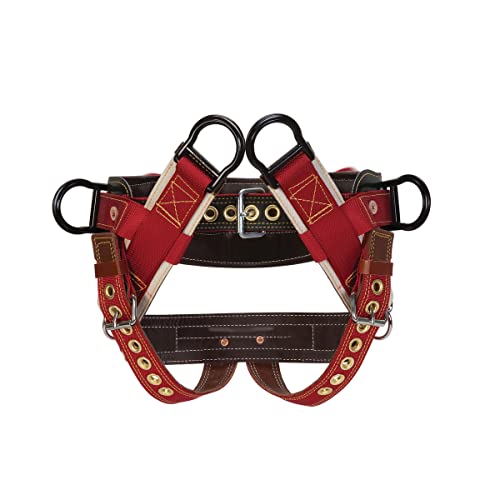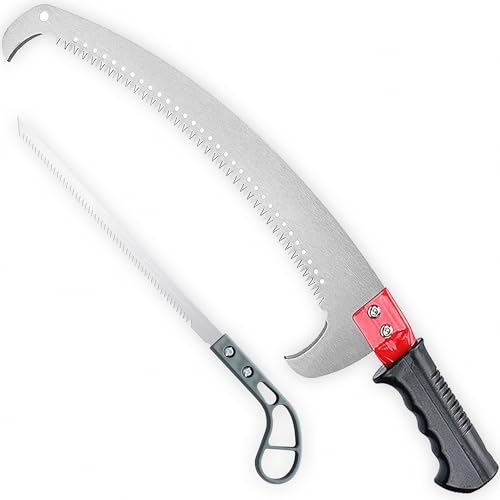TonyM
ArboristSite Guru
If you insist on making it work, then you are going to have to do some simple trouble shooting. If an engine won't start, there are only so many thing to go wrong. Next time it quits while you are cutting, and wont restart, pull the spark plug and ground it on the cylinder while cranking the saw over with the ignition switch on and verify that you have spark.
If you have spark, find a way to introduce about a teaspoon worth of fuel directly into the cylinder through the sparkplug hole. Reinstall the sparkplug. If it fires or starts, it may be an indication of a fuel delivery problem. That could lead down several paths.
If you have spark, and have fuel, then check the compression when the saw is hot. You should be able to lift the entire saw using the pull start, and not have the engine readily turn over. It takes a little experience to tell using this method, so if you have access to a compression tester, that would be better. If you suspect the compression is low, it is fairly easy to remove the muffler and look through the exhaust port at the back side of the cylinder wall and the exhaust side of the piston. If you see anything other than smooth and shiny surfaces, it is possible the cylinder/piston has been damaged.
A word of warning. Once you start messing with it yourself, I'm sure you will void the warranty.
If you have spark, find a way to introduce about a teaspoon worth of fuel directly into the cylinder through the sparkplug hole. Reinstall the sparkplug. If it fires or starts, it may be an indication of a fuel delivery problem. That could lead down several paths.
If you have spark, and have fuel, then check the compression when the saw is hot. You should be able to lift the entire saw using the pull start, and not have the engine readily turn over. It takes a little experience to tell using this method, so if you have access to a compression tester, that would be better. If you suspect the compression is low, it is fairly easy to remove the muffler and look through the exhaust port at the back side of the cylinder wall and the exhaust side of the piston. If you see anything other than smooth and shiny surfaces, it is possible the cylinder/piston has been damaged.
A word of warning. Once you start messing with it yourself, I'm sure you will void the warranty.























































